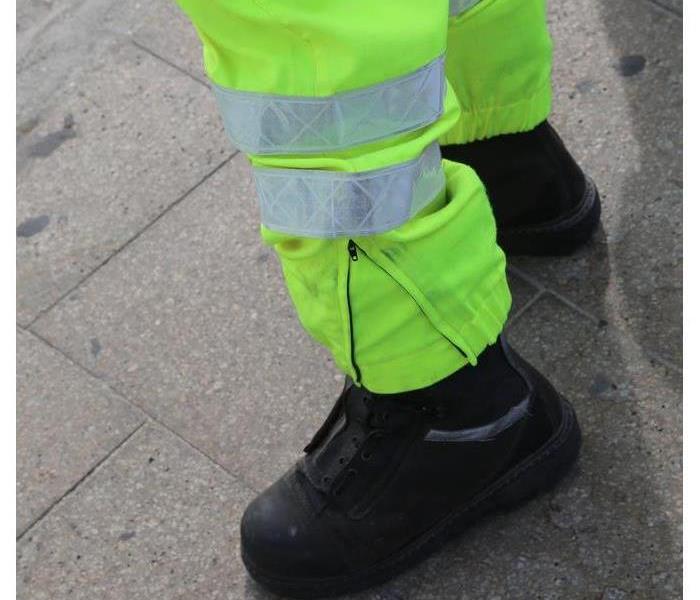Save Money by Safely Mitigating Storm Damage
9/11/2019 (Permalink)
Storm damage can cost you money and create unsafe conditions. Two effective storm tips for saving money and avoiding injury after a storm are to take safety precautions and mitigate your damage.
Take Safety Precautions
These safety precautions can help you avoid injury while assessing or repairing damage to your property:
- Wear protective gear to avoid cuts and puncture wounds from broken glass, nails and other debris.
- Never touch or attempt to move a downed power line. Call your Raytown, MO, power company for assistance.
- An open flame or electrical spark in the presence of a gas leak can cause an explosion. Call your gas company if you suspect a leak.
- Don’t touch standing water without ensuring that your electricity has been turned off and there are no nearby downed power lines.
- Avoid walking in, on or around property that may be structurally damaged. Damaged roofs, ceilings and floors can collapse suddenly, causing serious injury.
Mitigate Your Damage
There are two types of storm damage. The first is the initial damage that happens when a storm causes a hole in your roof or a broken window. The second is the damage that occurs after the storm is over.
The rain that comes in through your newly leaking roof or broken window can cause mold or rot. Flying debris can cause damage to your home’s exterior. You can mitigate the damage that occurs after the storm by utilizing these storm tips:
- Cover small holes in the roof or broken windows with a tarp or plywood while you’re waiting for permanent repairs.
- Clean up small floods with mops and buckets or rent a wet-dry vacuum.
- Remove fallen limbs, broken glass and other small debris.
- For bigger jobs, consider employing a disaster recovery team.
Whether you take care of everything yourself, or call in the experts, incorporating these storm tips in your disaster recovery plan will help keep you safe while also saving you money.





 24/7 Emergency Service
24/7 Emergency Service
